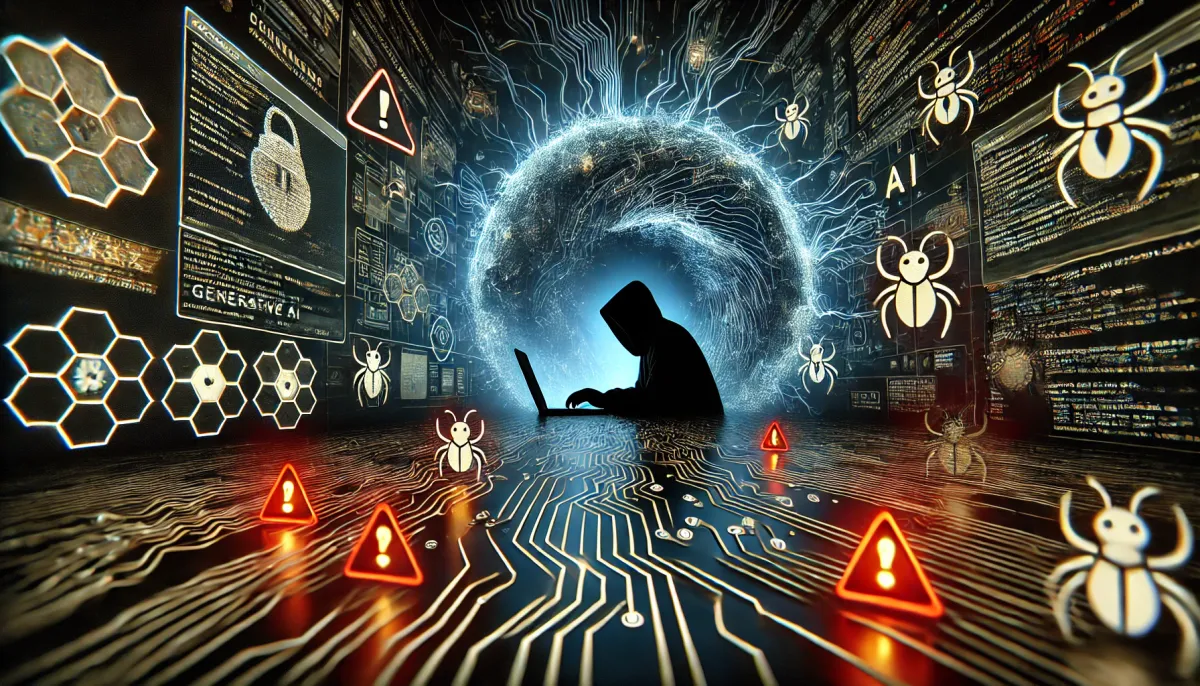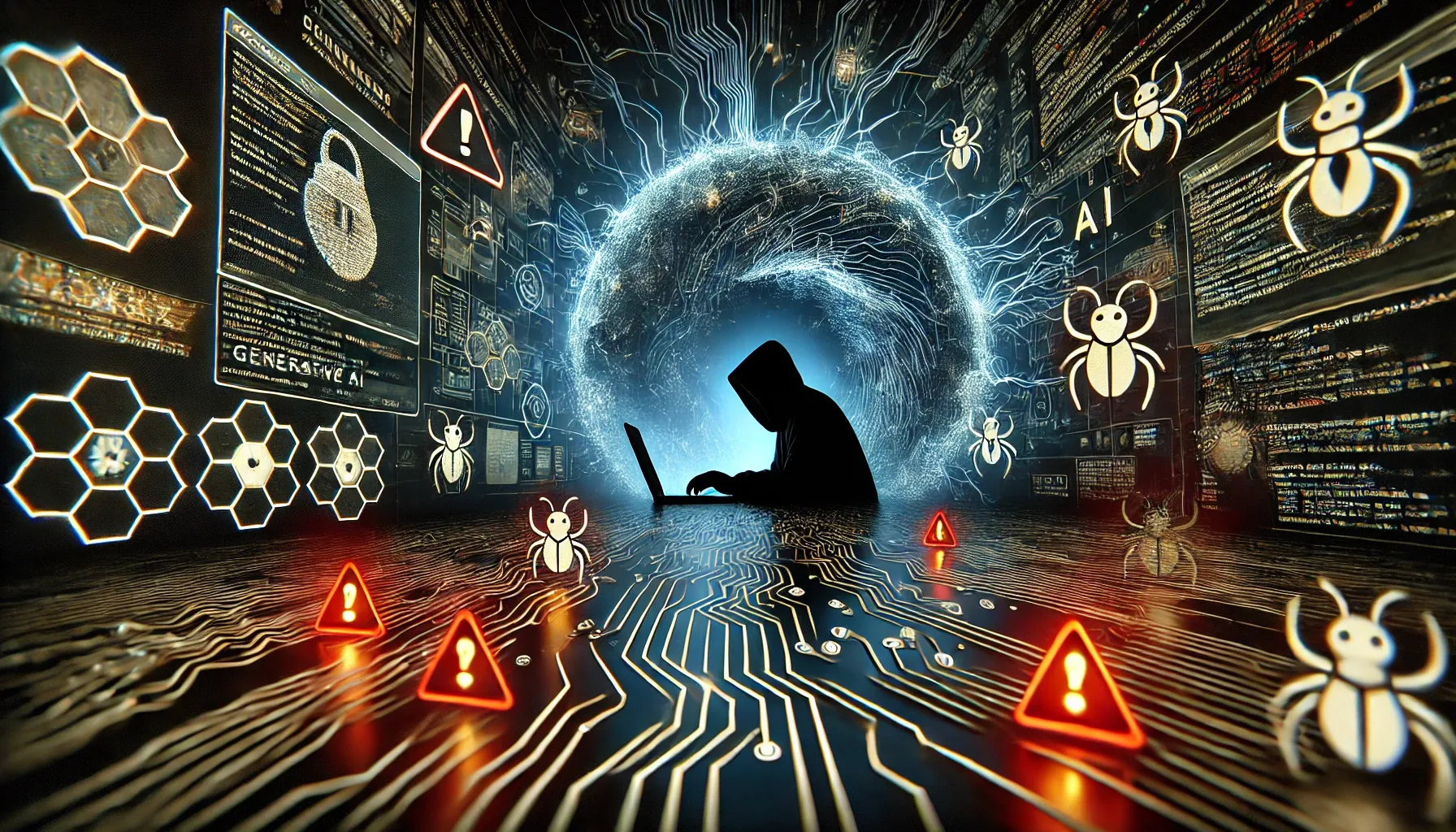Generative AI: The Rising Threat in Malware and Cyberattack Sophistication

The Utilization of GenAI in Malware Creation
Generative Artificial Intelligence (GenAI) is transforming the cybersecurity landscape, not only for defense but, alarmingly, also for offense. Cybercriminals are increasingly leveraging GenAI to generate malicious code, including sophisticated malware. One glaring instance reported by HP's Threats Insights involved a significant campaign known as ChromeLoader utilizing GenAI.

The ChromeLoader Campaign and Its Implications
The ChromeLoader campaign serves as a stark example of how GenAI can be harnessed for malicious purposes. According to HP, this campaign employs VBScript and JavaScript to disseminate malware. Victims are lured to websites that offer ostensibly beneficial productivity tools which, in reality, hide harmful code. Once these tools are executed, attackers gain control over the victims' browsing sessions, leading to potential data breaches and other security issues.
Acceleration of Cyberattacks
One of the most concerning aspects of GenAI in the realm of cybersecurity is its ability to accelerate the creation and deployment of cyberattacks. The automated processes enabled by GenAI simplify and quicken the infection of endpoints. This capability is particularly worrisome as it lowers the entry barrier for cybercriminals, resulting in a significant increase in the frequency and sophistication of cyberattacks.
Evasion Techniques and Polymorphic Malware
GenAI also plays a crucial role in enhancing evasion techniques. It enables malware to adjust its tactics dynamically based on a real-time analysis of the target's defenses. This adaptability includes modifying the malware to avoid detection by security software. Moreover, GenAI can generate polymorphic malware, producing numerous variants with similar functions but differing characteristics. This polymorphism overwhelms traditional signature-based detection methods, making it increasingly difficult for security systems to keep pace.
AI Generated Malware is Changing the Cyber Threat Landscape
Impersonation, Automated Code Generation, and Exploit Development
GenAI's capabilities extend to impersonation, enabling cybercriminals to mimic specific threat actors and malware families accurately. This impersonation is particularly effective in creating convincing phishing emails and other social engineering attacks. Additionally, the automation of code generation allows cybercriminals to quickly produce new malware variants, utilizing large language models (LLMs) like ChatGPT or Google Gemini to craft malicious code. Furthermore, GenAI is invaluable in exploring and discovering vulnerabilities within target systems, analyzing them, and crafting exploits and attack sequences to enhance the effectiveness of cyberattacks.
Advanced Social Engineering by GenAI
Social engineering campaigns have reached a new level of sophistication with the advent of GenAI. The technology can generate phishing emails that are contextually relevant and highly convincing. By emulating human writing styles, these emails become challenging to distinguish from legitimate communications, thereby increasing the probability of successful social engineering attacks. This advanced capability further underscores the pressing need for enhanced defensive measures against GenAI-generated threats.
Adoption by Advanced Persistent Threats (APTs)
Advanced Persistent Threat (APT) groups such as APT28 (Russia), APT43 (North Korea), and Imperial Kitten (Iran), have already begun leveraging GenAI in their operations. These groups utilize the technology to generate scripts, expedite attacks, and develop spear phishing and other social engineering tactics. The widespread adoption of GenAI by these sophisticated threat actors signifies a critical shift in the cybersecurity threat landscape, necessitating more robust and innovative defensive strategies.

